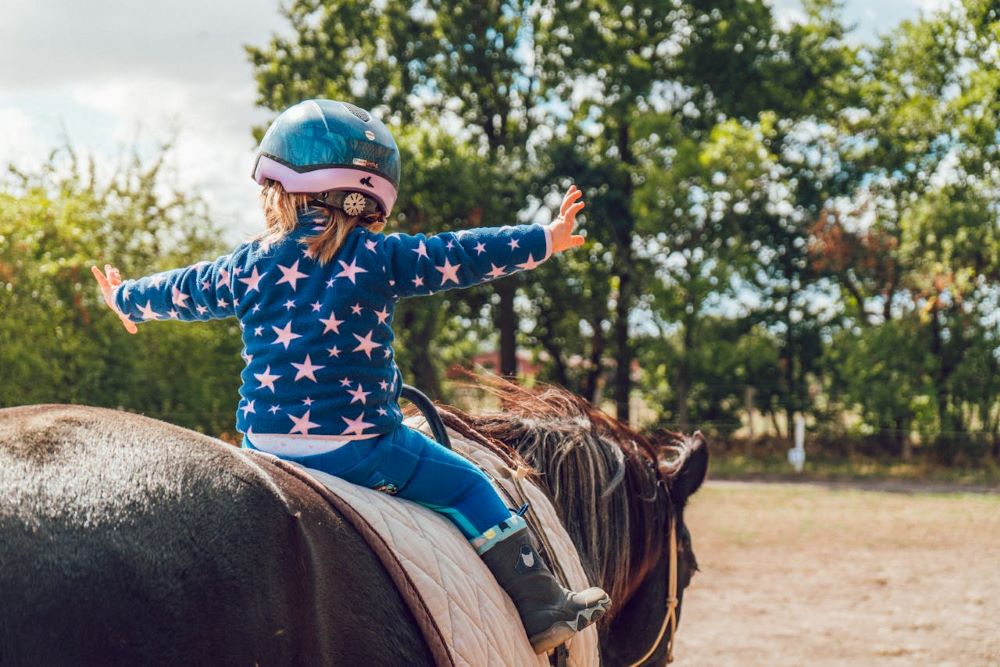Every child has the potential to be brave and courageous, but it’s up to parents and educators to nurture these qualities. Building courage and bravery in children equips them to face challenges head-on and develop a resilient mindset.
Here’s a comprehensive guide to help you empower your child to be brave and courageous.
5 Tips on Building Courage and Bravery
1. Encourage Risk-Taking and Facing Fears
One of the best ways to build courage in children is to encourage them to take risks and face their fears. This doesn’t mean putting them in dangerous situations but rather supporting them in trying new activities or speaking up in class.
Praise their efforts and reassure them that it’s okay to fail. The goal is to help them understand that taking risks and facing fears is a normal part of growth.
2. Model Courageous Behavior
Children often learn by watching adults. Show them what courage looks like by modeling it in your own life.
Share your experiences of overcoming fears or challenges and how you dealt with them. When children see you being brave, they are more likely to emulate that behavior.
3. Provide Opportunities for Leadership
Giving children opportunities to lead can significantly boost their confidence and courage. This could be as simple as assigning them small responsibilities at home or encouraging them to take on leadership roles in school activities.
Leadership experiences help children learn to make decisions, take initiative, and handle challenges.
4. Foster a Growth Mindset
Encourage your child to adopt a growth mindset, which is the belief that abilities and intelligence can be developed through effort and learning. Teach them to view challenges as opportunities to grow rather than obstacles.
Praise their efforts and persistence rather than just their successes. This mindset helps children embrace challenges and develop the resilience needed to be courageous.
5. Create a Supportive Environment
A supportive environment is crucial for nurturing bravery. Ensure that your child feels safe and supported both at home and at school.
Listen to their concerns, provide encouragement, and celebrate their achievements, no matter how small. A strong support system helps children feel secure enough to take risks and be brave.
Practical Tips for Educators
- Encourage Participation: Create a classroom environment where every child feels comfortable participating. Use positive reinforcement to encourage shy or hesitant students.
- Teach Problem-Solving Skills: Teach students problem-solving skills they can use to face challenges. Role-playing scenarios are effective to teach these skills.
- Build a Community: Foster a sense of community in the classroom where students support each other. Peer support can boost confidence and courage.
- Celebrate Effort: Acknowledge and celebrate the effort students put into tasks, regardless of the outcome. This reinforces the idea that trying and learning are more important than succeeding on the first try.

Philip Lattimore’s “Eddie Bugeye” Teaches Kids Bravery and Courage
In Philip Lattimore’s book “Eddie Bugeye,” Eddie’s courage is put to the test as he faces bullying at school. His journey of bravery and resilience provides an inspiring example for both children and adults.
Eddie’s story highlights the importance of courage and how it can help overcome even the toughest challenges.
Order Your Copy of “Eddie Bugeye” Today!
Building courage and bravery in children is a rewarding and essential part of parenting and education. By incorporating the above-discussed tips, you can empower your child to face challenges with confidence and resilience.
To see an inspiring example of courage and bravery, order “Eddie Bugeye” by Philip Lattimore today. Eddie’s story will resonate with both parents and children, offering valuable lessons on the importance of resilience and bravery.




